June 7, 2025 | 21:15 GMT +7
June 7, 2025 | 21:15 GMT +7
Hotline: 0913.378.918
June 7, 2025 | 21:15 GMT +7
Hotline: 0913.378.918

According to the Federal Customs Service of Russia, in the first 7 months of this year, Russia has imported 599,000 tons of vegetables and fruits, valued up to US$ 746.4 million, increased 11.8% in volume and 15.1% in value in comparison to the same period last year.
The average import price of processed vegetables and fruits reached US$ 1,246.0 per ton, up 2.9% over the same period in 2020.
Most of processed fruits and vegetables import of Russia are from China. However, the volume and value of imports from China decreased in the first 7 months of 2021, were at 119,000 tons and US$ 110.9 million, down 15% in volume and down 12% in value over the same period in 2020.
The average import price of processed fruits and vegetables from China remained low at US$ 935.2 per ton, however, it was up 3.6% over the same period in 2020.
Vietnam is the sixth largest market providing processed fruits and vegetables for Russia, accounting for 5% of total imports of the country.
In the first 7 months of this year, Vietnam's processed vegetables and fruits imported to Russia reached 30,000 tons, valued more than US$ 30 million, up 13.8% in volume and 51.2% in value.
The value of processed vegetables and fruits imported from Vietnam to Russia increased sharply as above and had a much higher increase pace than the growth in volume thanks to a sharp increase in import prices.
In the first 7 months of this year, the average import price of processed fruits and vegetables from Vietnam to Russia was US$ 1,011.2 per ton, up 32.8% over the same period in 2020.
According to the Department of Imports and Exports (Ministry of Industry and Trade), Vietnam is the first partner to sign the Free Trade Agreement with the Eurasian Economic Union. Under this agreement, nearly 90% of tariff lines are being cut or reduced, of which 59,3% removed.
This is a good opportunity for Vietnamese exporters, including processed fruits and vegetables, which are Vietnam's strong export products to Russia.
Translated by Khanh Linh
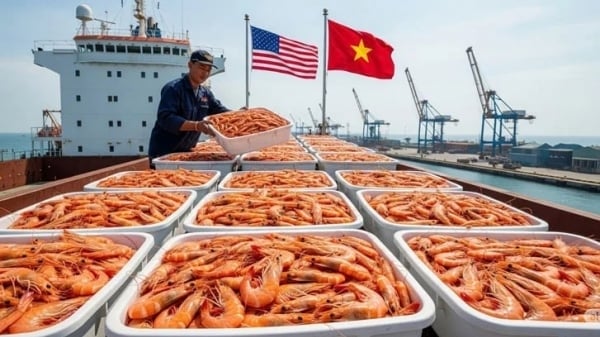
(VAN) Vietnam and the United States are proactively working together, each in their own way, to ensure that every container of agricultural goods carries not just products, but also long-term trust and value.
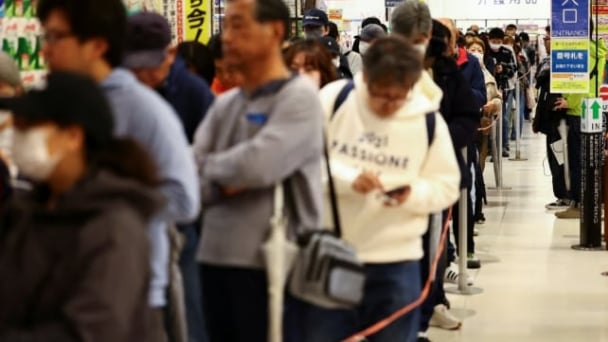
(VAN) Stores have started selling rice from the government’s stockpile to feed demand for the staple.
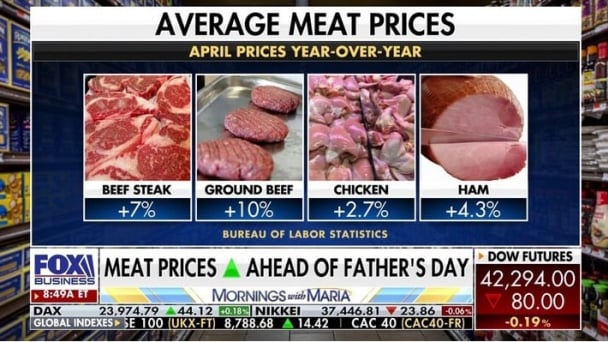
(VAN) Omaha Steaks CEO says rebuilding cattle herds will take about a year to ease price pressures.
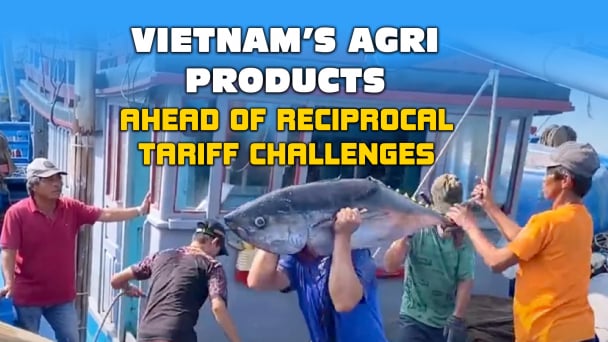
(VAN) Reciprocal tariffs and recent NOAA rulings are presenting substantial obstacles for Vietnamese tuna exporters in the U.S. market. As a result, the industry is actively seeking alternative export destinations.
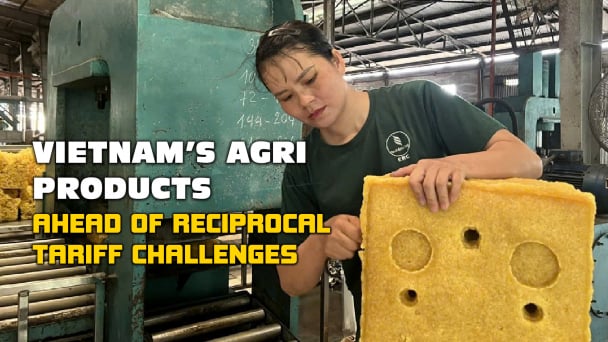
(VAN) Although the U.S. holds a small share of Vietnam’s rubber exports, newly imposed reciprocal tariffs are expected to impact the sector. Vietnamese enterprises must optimize the use of significant markets and free trade agreements.
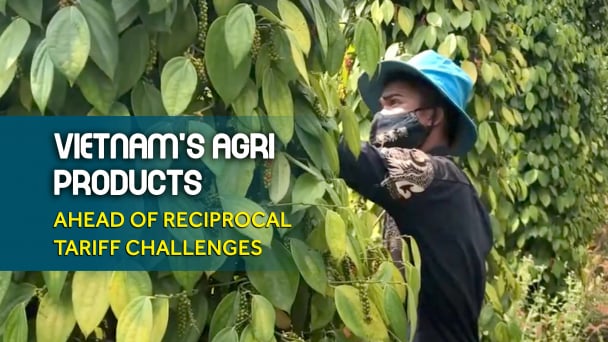
(VAN) Vietnam's pepper industry is looking forward to the final tariff decision in order to sustain its robust presence in the United States, the country's biggest pepper market.

(VAN) The U.S. is the largest market for Vietnamese cashew nuts. However, when exports to the U.S. encounter difficulties due to reciprocal tariffs, Vietnamese cashews still have many other potential markets.